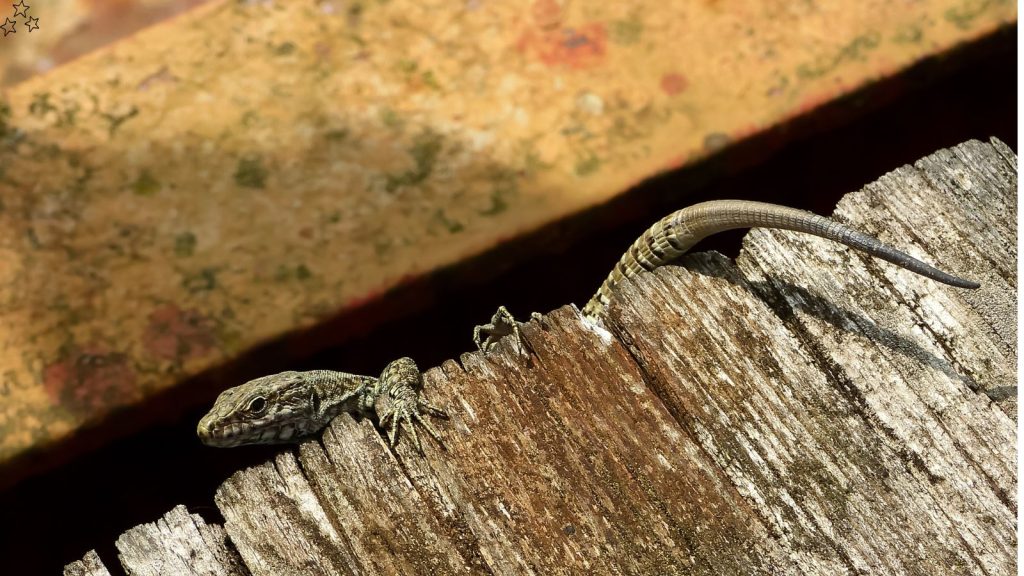The United Kingdom might not be famous for its reptiles and amphibians, but these cold-blooded creatures are crucial to our country’ss ecosystems. From the common frog hopping around garden ponds to the elusive sand lizard basking on coastal dunes, the UK is home to a surprising variety of these fascinating animals. It’s true that we don’t have any really fancy exotics like the poison dart frog or the beautiful but deadly blue coral snake (thankfully), but we do have a surprising number of native reptile and amphibians that most people don’t know about, aside from common frogs, adders, and grass snakes.
Common Frog
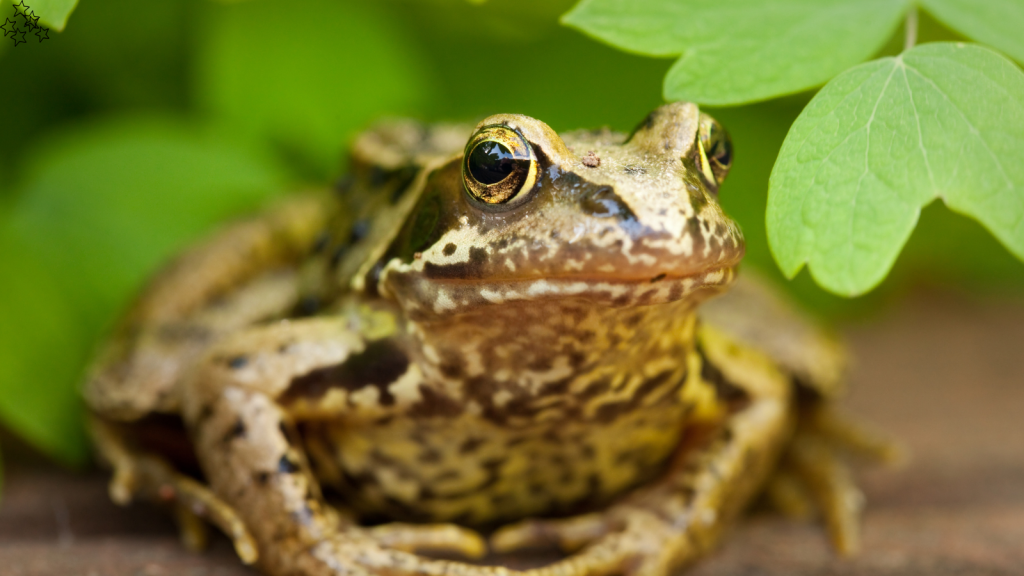
The common frog is a familiar sight in UK gardens and ponds. These amphibians have smooth, moist skin and long legs for jumping. Common frogs come in various shades of brown, olive, and even red, with distinctive dark patches behind their eyes. They play a crucial role in controlling insect populations and are a favorite food source for many other animals.
Adder
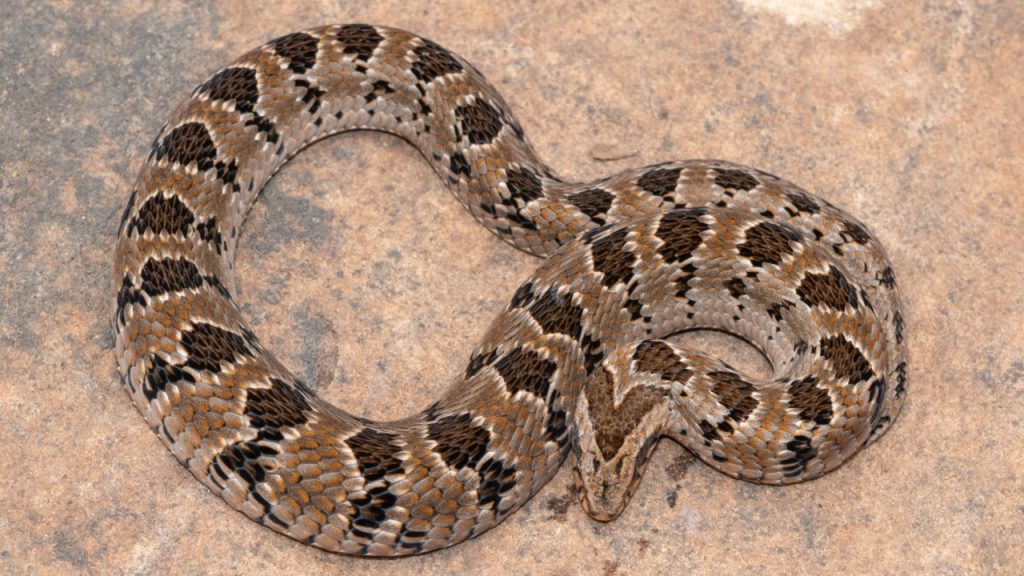
The adder is the UK’s only venomous snake. It has a distinctive zigzag pattern along its back and red eyes with vertical pupils. Adders are usually shy and will try to avoid humans, only biting as a last resort. These snakes are important predators, helping to control rodent populations in their habitats.
Great Crested Newt
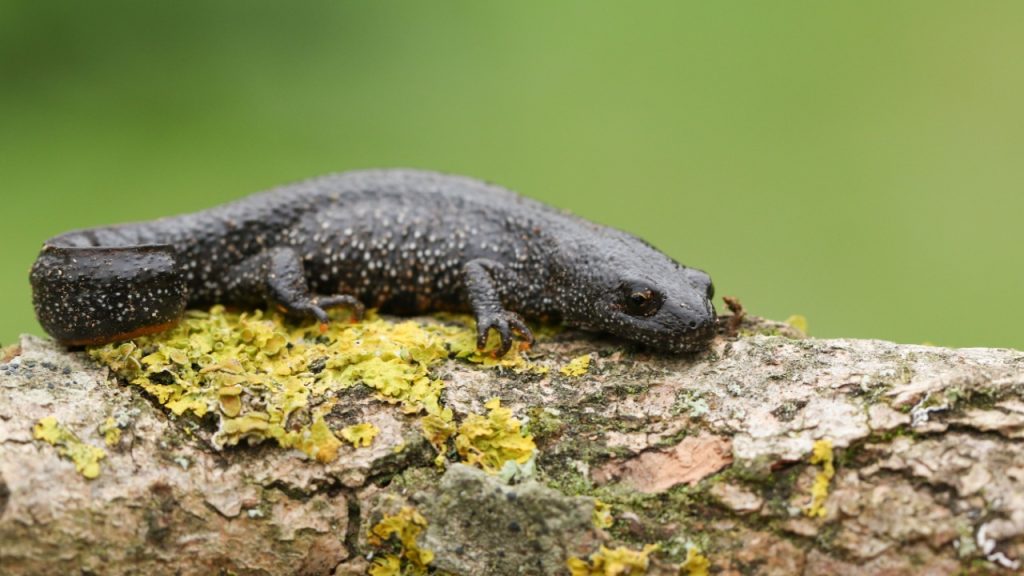
The great crested newt is the UK’s largest newt species. Males develop a jagged crest along their backs during breeding season, giving them a dragon-like appearance. These amphibians spend most of their time on land, only returning to water to breed. Great crested newts are protected by law in the UK due to declining populations.
Slow Worm
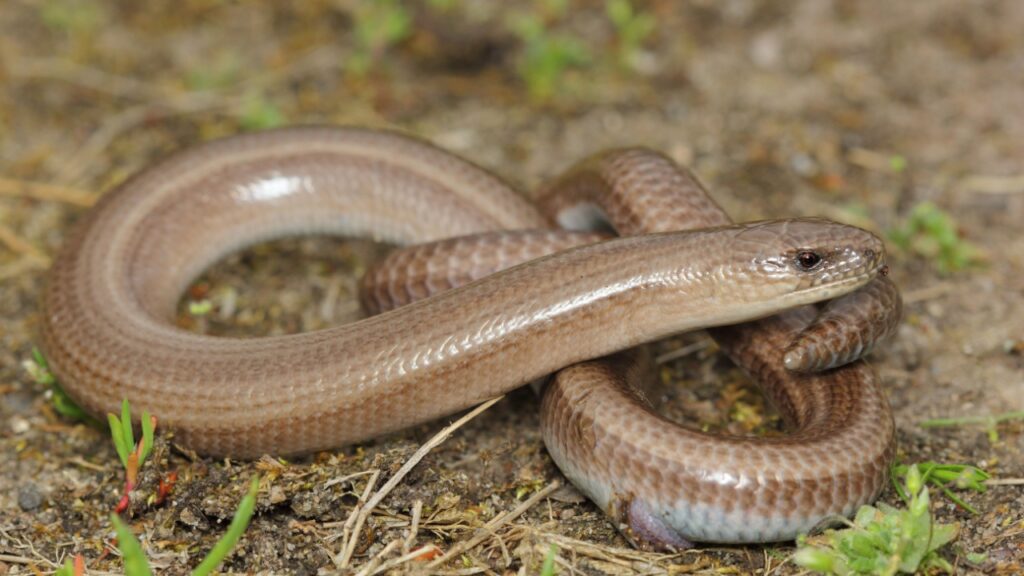
Despite its snake-like appearance, the slow worm is actually a legless lizard. It has smooth, shiny scales and can shed its tail to escape predators. Slow worms are often found in gardens, where they help control slug and snail populations. These gentle reptiles are completely harmless to humans and can live for up to 30 years in the wild.
Common Toad
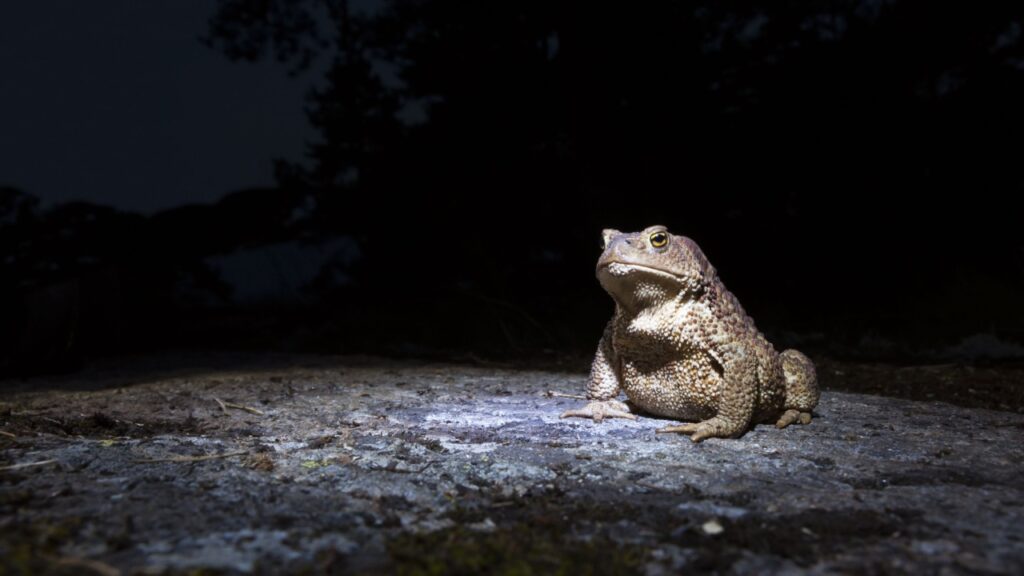
The common toad is easily distinguished from frogs by its dry, warty skin and shorter legs. These amphibians have a powerful toxin in their skin that deters most predators. Common toads return to the same breeding ponds each year, often crossing roads in large numbers during migration. Many communities organize “toad patrols” to help them cross safely.
Grass Snake
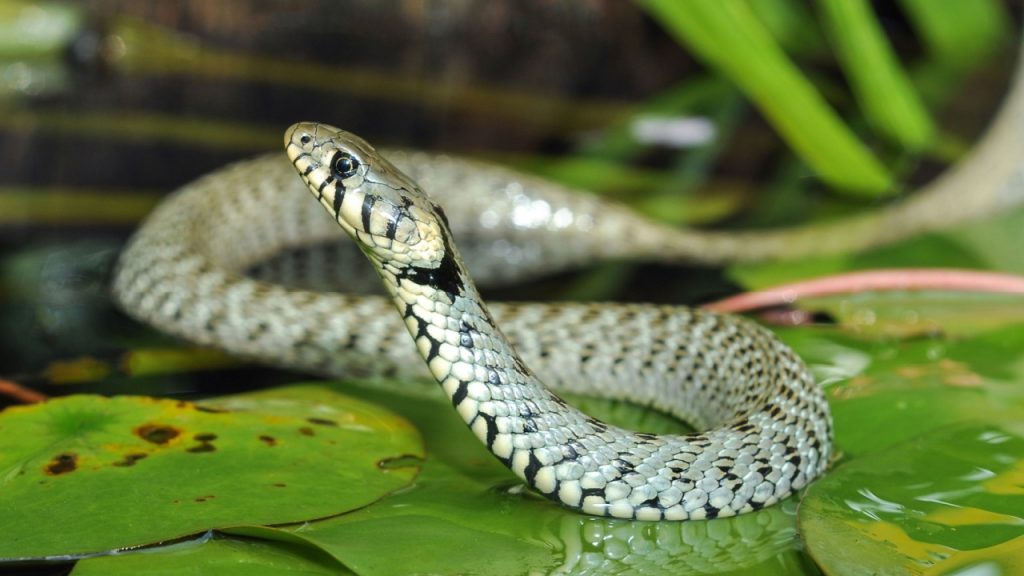
The grass snake is the UK’s largest native snake. It’s non-venomous and known for its olive-green color with a distinctive yellow and black collar. These snakes are excellent swimmers and are often found near water, where they hunt for frogs and fish. When threatened, grass snakes may play dead or release a foul-smelling substance to deter predators.
Common Lizard
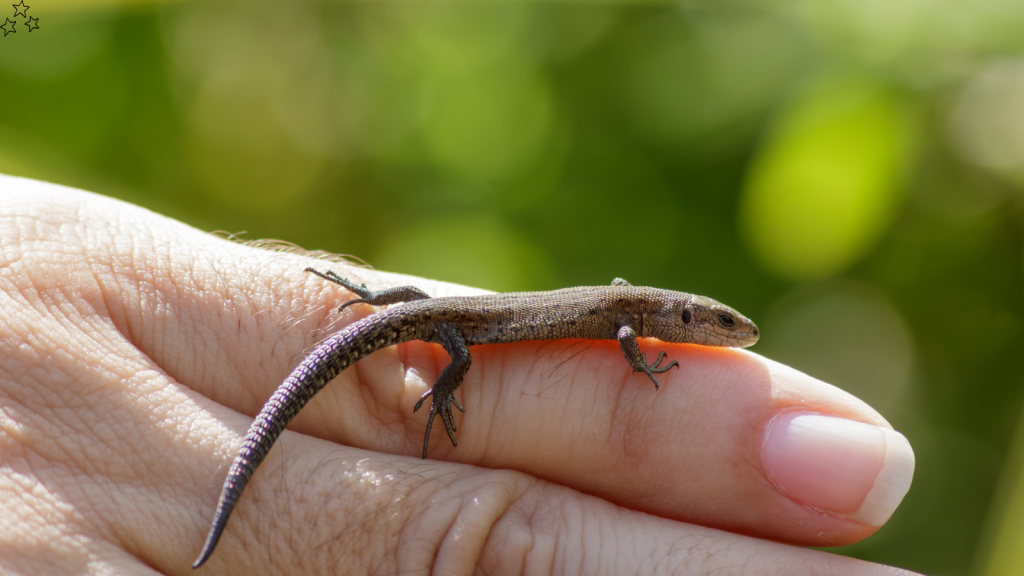
Also known as the viviparous lizard, the common lizard is widespread across the UK. Unlike most reptiles, it gives birth to live young rather than laying eggs. These small lizards are quick and agile, often seen basking in sunny spots. Common lizards can shed their tails to escape predators, and the tail will eventually regrow.
Natterjack Toad
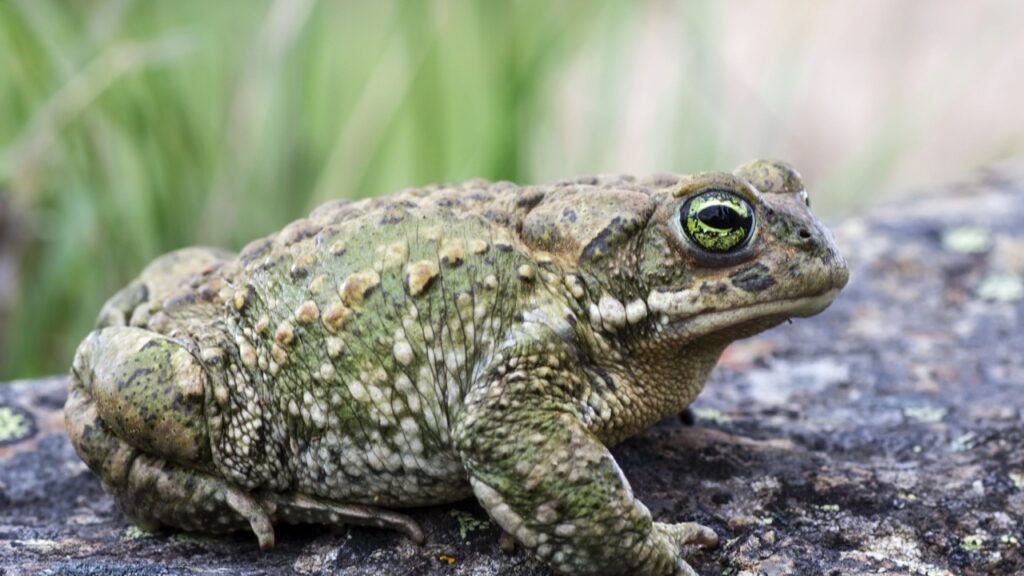
The natterjack toad is one of the UK’s rarest amphibians. It’s distinguished by a yellow stripe down its back and its loud, rasping call that can be heard up to a mile away. Natterjacks are found in coastal areas and heathlands, where they breed in shallow, temporary pools. Conservation efforts are ongoing to protect and increase their populations.
Sand Lizard
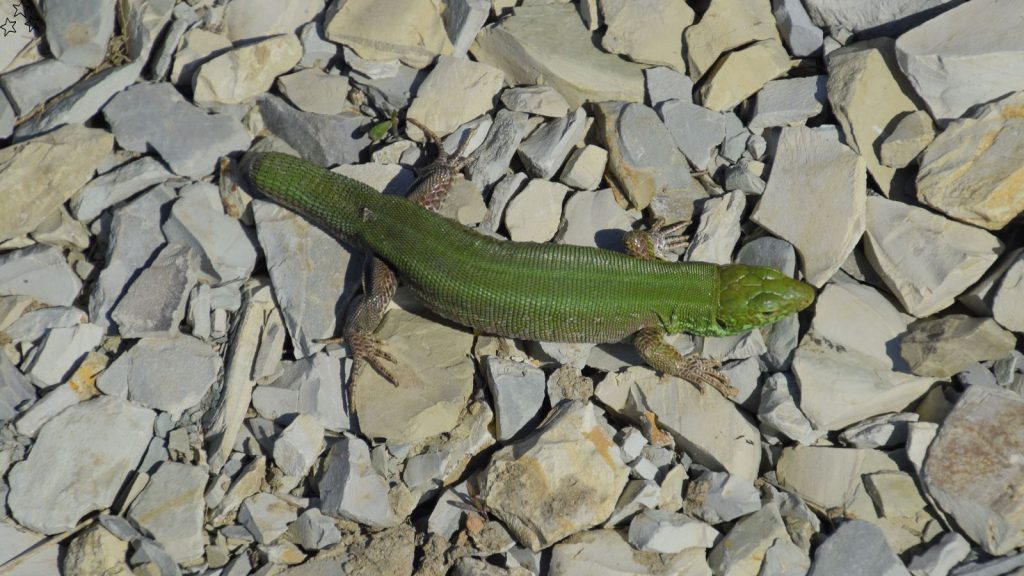
The sand lizard is a rare and protected species in the UK. Males turn bright green during breeding season, making them one of the most colorful British reptiles. These lizards are found in sandy habitats like coastal dunes and lowland heaths. Sand lizards are excellent diggers, using their strong claws to burrow into the sand for shelter and to lay eggs.
Palmate Newt
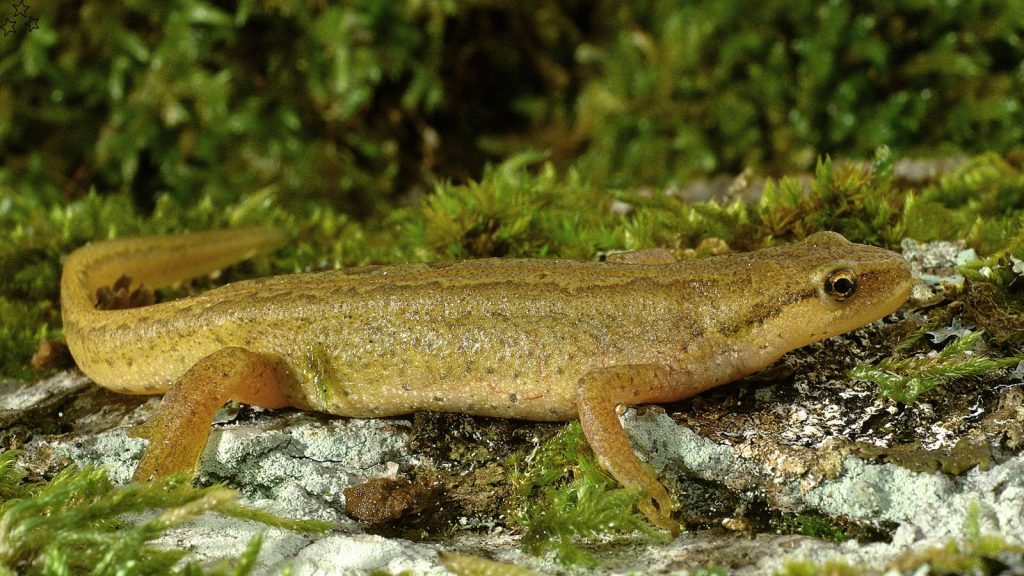
The palmate newt is the UK’s smallest newt species. It’s named for the webbed hind feet of breeding males, which resemble palms. These newts prefer acidic waters and are often found in upland areas. Palmate newts have a unique courtship dance where males wave their tails to attract females.
Smooth Snake
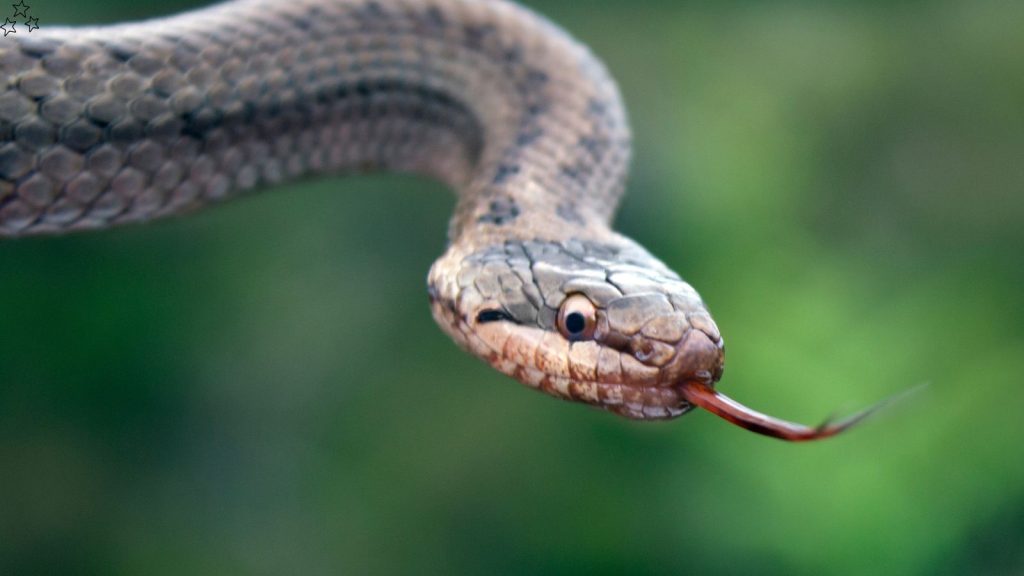
The smooth snake is the UK’s rarest snake species. It’s non-venomous and known for its slender build and smooth scales. These snakes are found only in a few areas of southern England, preferring sandy heathlands. Smooth snakes are expert hunters of lizards and other small reptiles, using constriction to subdue their prey.
Pool Frog
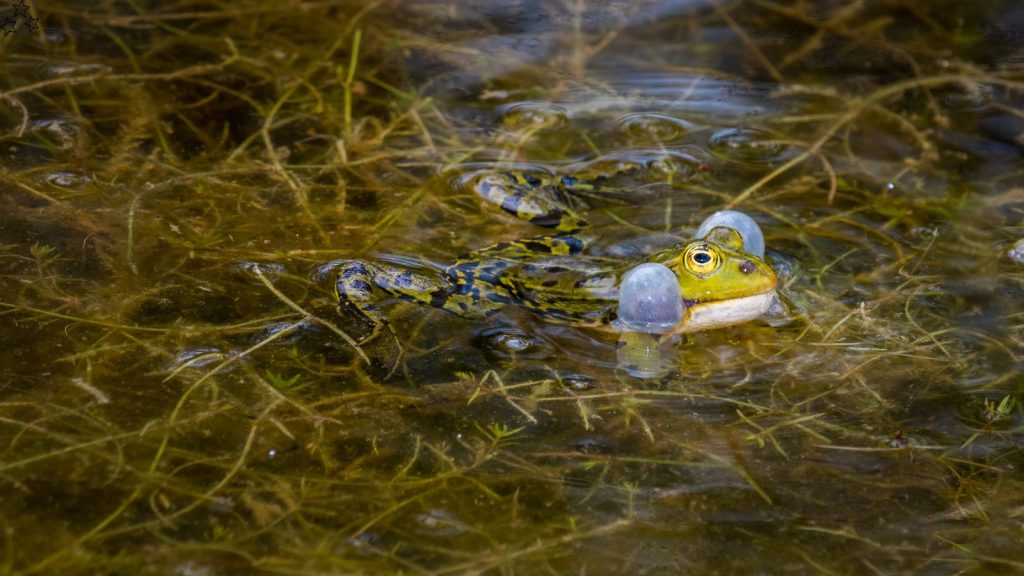
The pool frog has a complicated history in the UK. Once thought to be extinct, it was reintroduced from Sweden in the early 2000s. These frogs are distinguished by their loud calls and preference for warm, sunny ponds. Pool frogs are now the focus of conservation efforts to establish stable populations in their former UK habitats.
Leatherback Sea Turtle
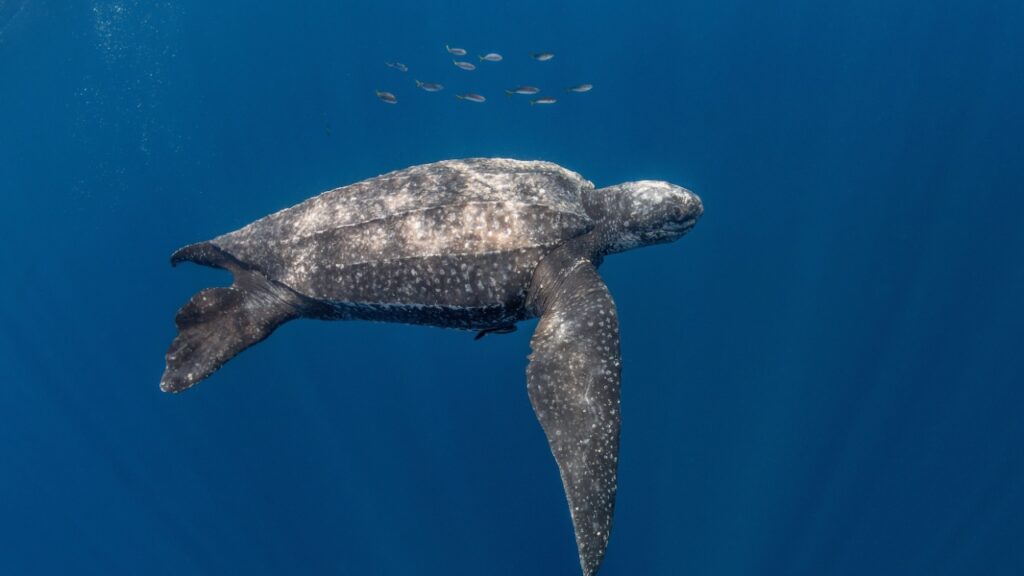
While not a permanent resident, the leatherback sea turtle visits UK waters regularly. It’s the largest sea turtle species and the only one able to maintain a warm body temperature in cold water. Leatherbacks come to UK seas to feed on jellyfish during summer months. These ancient reptiles face many threats and are a priority for marine conservation efforts.
Smooth Newt
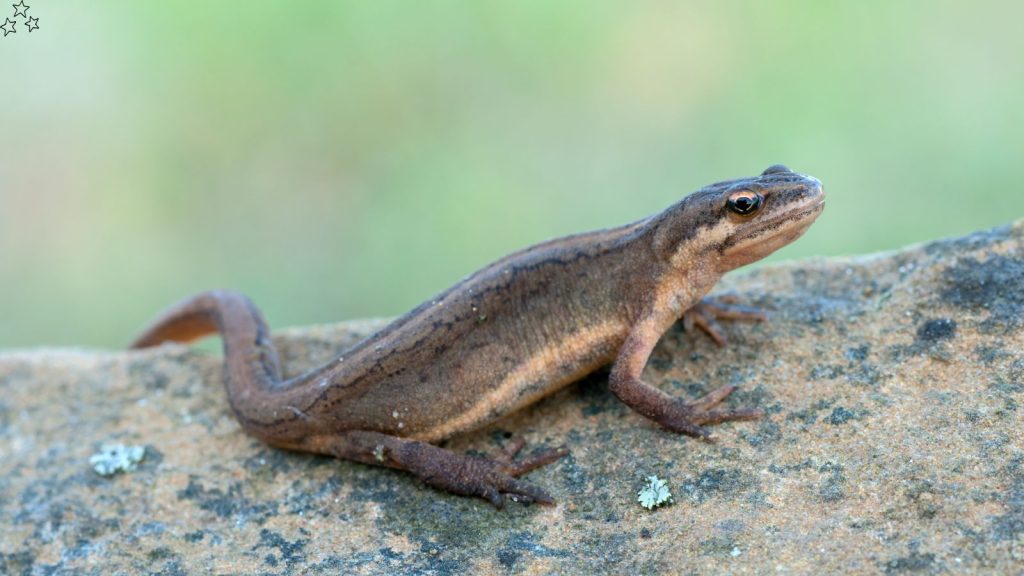
The smooth newt is the most common newt species in the UK. During breeding season, males develop a wavy crest along their backs and tails. These newts are adaptable and can be found in a variety of habitats, from garden ponds to woodland areas. Smooth newts play an important role in controlling insect populations in both aquatic and terrestrial environments.
Wall Lizard
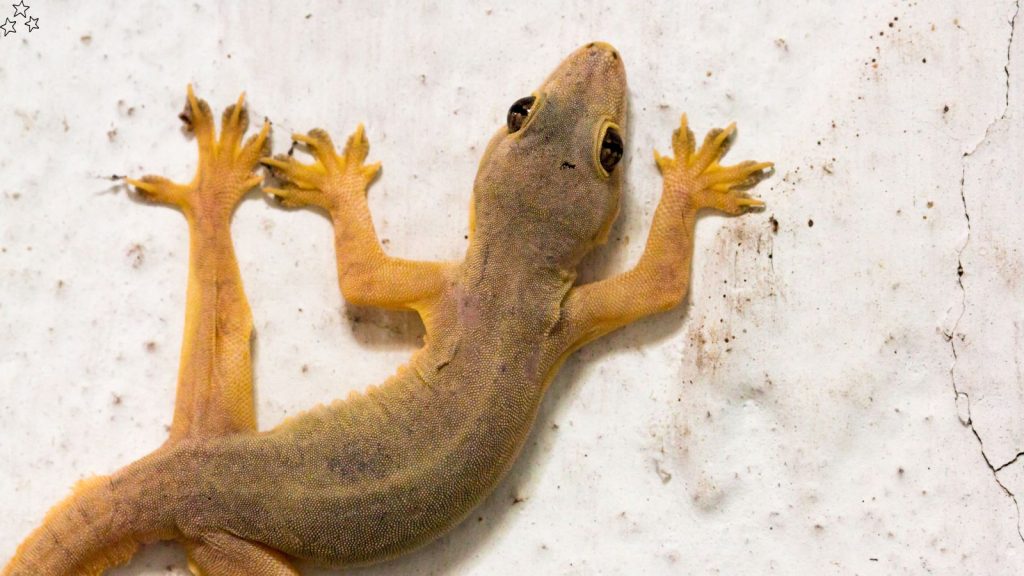
The wall lizard is not native to the UK but has established populations in southern England. It’s believed to have been introduced from continental Europe. These agile lizards are often seen basking on walls and rocks, hence their name. Wall lizards are more heat-loving than native UK lizards and may be benefiting from climate change.

